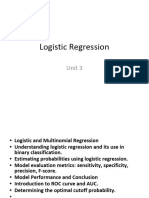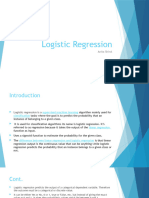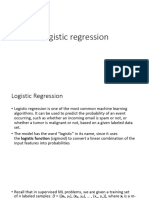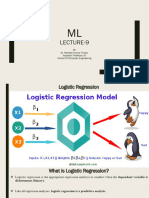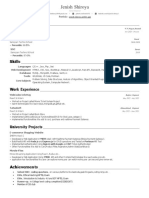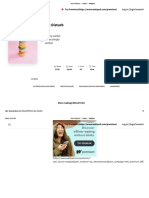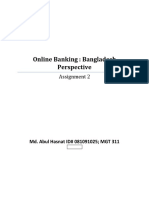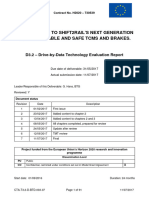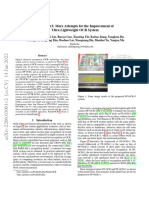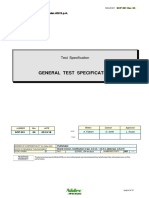0% found this document useful (0 votes)
32 views10 pagesML Assignment Kv2
Logistic Regression is a widely used supervised machine learning algorithm for predicting binary outcomes based on input variables. It employs the sigmoid function to map predictions to probabilities and has various types including binary, multinomial, and ordinal logistic regression. The document also discusses its mathematical foundation, evaluation metrics, advantages, limitations, and real-world applications.
Uploaded by
victoriaanthony7518Copyright
© © All Rights Reserved
We take content rights seriously. If you suspect this is your content, claim it here.
Available Formats
Download as DOCX, PDF, TXT or read online on Scribd
0% found this document useful (0 votes)
32 views10 pagesML Assignment Kv2
Logistic Regression is a widely used supervised machine learning algorithm for predicting binary outcomes based on input variables. It employs the sigmoid function to map predictions to probabilities and has various types including binary, multinomial, and ordinal logistic regression. The document also discusses its mathematical foundation, evaluation metrics, advantages, limitations, and real-world applications.
Uploaded by
victoriaanthony7518Copyright
© © All Rights Reserved
We take content rights seriously. If you suspect this is your content, claim it here.
Available Formats
Download as DOCX, PDF, TXT or read online on Scribd
/ 10




